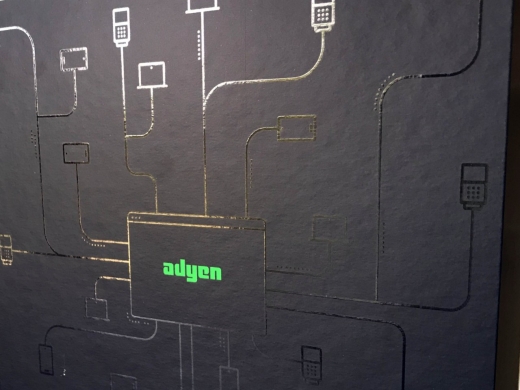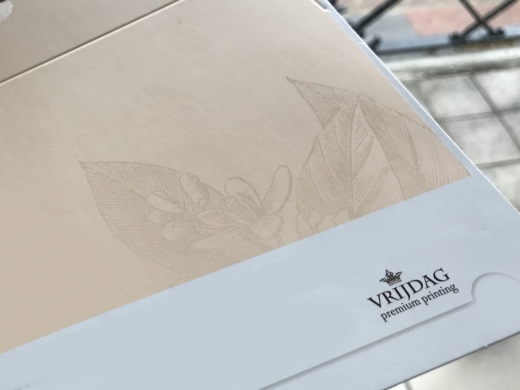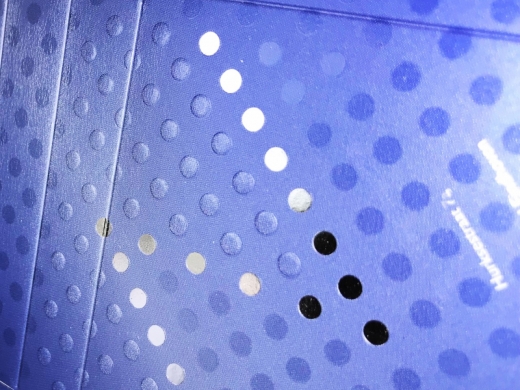Varnishing
'The most important function of varnish is that the printed matter is extra protected against external influences'
What is varnishing?
Varnish can be seen as an ink, but this ink contains no pigment. The composition of varnish is furthermore almost the same as that of ink. Varnish is applied as a printing ink to protect and beautify the printed matter. Varnish reduces the influence of weather, moisture and light on the print. The advantage of this technique is that it can be applied in-line on a normal printing tower.
Advantages of varnishing
- Can add texture and detailed elements to packaging design while leaving other areas are left untreated
- Can be applied overall or locally (spot varnish)
- Can be used to let text and the logo on the page stand out
- Can serve to add a bit of luxury to your project.
Conventional gloss or matte varnishing
Gloss varnish has a certain gloss but cannot be compared with a dispersion gloss varnish that is applied to a special lacquer tower (see “lacquering” technique). The same applies to mat varnish.
UV varnish
In addition to regular varnish, there is also UV varnish. Normal varnish is dried by air and UV varnish is dried by UV light. UV varnish dries faster, with the result that the varnish is harder and offers better protection against scratches and moisture.
All over and Spot UV varnish
Varnish can be applied over the entire print, it is also possible to apply varnish only to certain places/spots. This is called spot varnish. Spot UV varnish can be applied in all shapes and sizes. Some elements of the design can be emphasized, but another design can be added by Spot UV varnish, as an extra layer. For example, consider a logo in Spot UV varnish that has been applied 'loosely' on top of another underlying design. This leads to special and very striking effects.
Return to overview techniques





